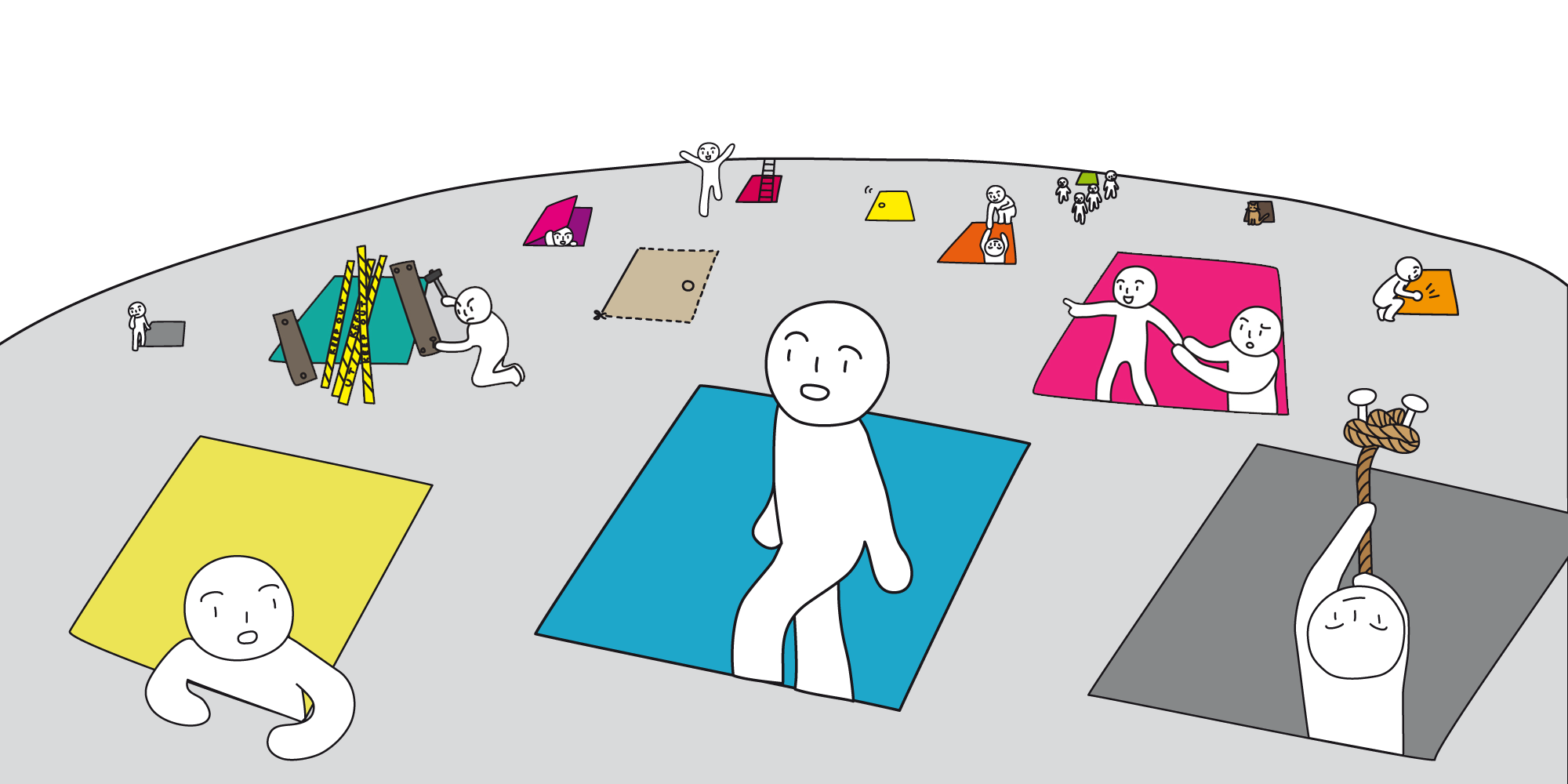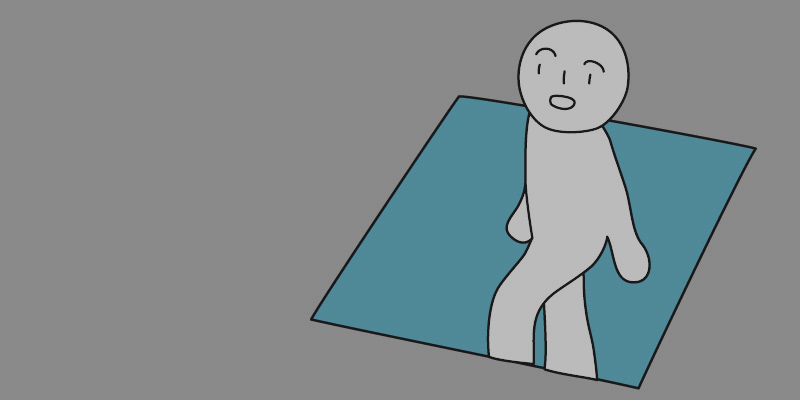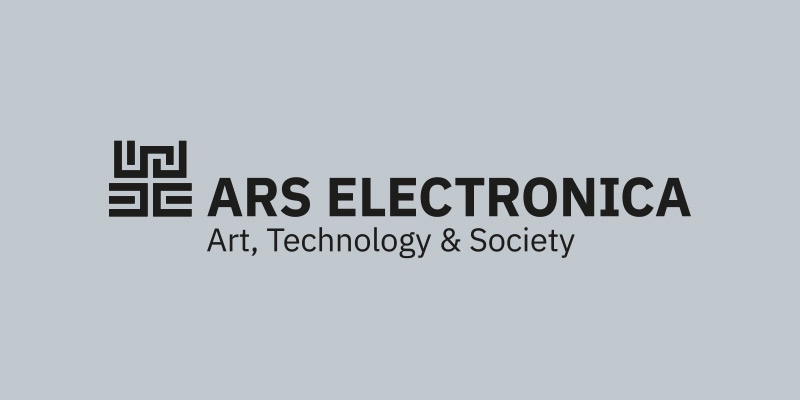Ganztags

The Practice of Art and Science
Since the inception of the Ars Electronica Festival in 1979 by artist Hubert Bognermayr, scientist Herbert W. Franke and journalist Hannes Leopoldseder, art and science have always been a focal point of Ars Electronica. The artistic exploration of new applications, is a key factor in the increasingly social dimension of new technologies in order to comprehend how reciprocal human-machine relationships and interactions among individuals and globally networked systems can not only be better understood but, above all, better designed.

STARTS Exhibition
The S+T+ARTS = STARTS initiative is a program of the European Commission launched in 2016 to encourage synergies between the arts and technology to support innovation in industry and society. At the festival, Ars Electronica presents the STARTS initiative and a selection of the prizewinning and nominated works of STARTS Prize 2019.
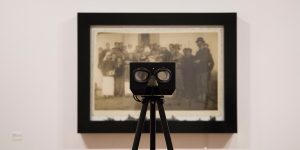
Wandering Gaze
Ana Teresa Vicente (PT)
The Wandering Gaze project explores the relationship between the observer’s gaze and an image through eye-tracking technology. The installation allows the viewers’ gaze to be materialized into a tangible path that will erode the surface of a photograph. The image is thus a performative space, as the viewers’ gaze is invited to wander about and explore it, contributing to the piece even while causing its deterioration. Developed with the technical assistance of MILL (Tiago Rorke, Maurício Martins and Pedro Ângelo).
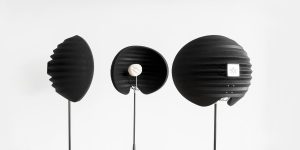
Gallery Spaces
The Gallery Spaces Program, deliberately written in the plural, brings a large number of international galleries and collections with their different positions on digital art to the Ars Electronica Festival. But there is more to it than showing digital artists represented by galleries: it is above all about the changing conditions of creating and marketing art under the impact of digitalization.

Deep Space 8K
The Ars Electronica Center offers its visitors something that cannot be found anywhere else in the world: 16 x 9 meters of wall and another 16 x 9 meters of floor projection, laser tracking and 3D-animations make the Deep Space 8K something very special indeed.

Understanding AI
Artificial intelligence versus natural intelligence – what are the differences and what do they have in common? How do machines “think,” how do they learn, and what distinguishes us humans from machines? Artificial intelligence in all its complexity is a central focus of the new Ars Electronica Center; after all, this technology is setting off a revolution that will affect our lives in ways that cannot be overestimated.
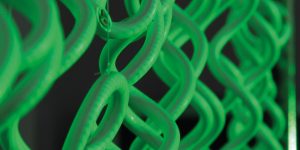
TRANSCODE!
University of Art and Design Linz, Interface Cultures
Knowing that technology will not save our world, we call for unsecured transcode! The Interface Culture Department of the Linz University of Art and Design is celebrating its 15th anniversary within the 40th anniversary of the Ars Electronica Festival. Reason enough to embark on a comprehensive transformation process and to examine processes of transcoding in particular and in general in the form of an exhibition, performances and presentations as well as discursive approaches.

TIMELESSNESS
Universidade de Lisboa, Faculdade de Belas-Artes
When Ars Electronica completes 40 years, we might be inclined to think that digital art is bound, by technology, to the time of its creation. Experiencing this selection in which drawings are excavated and expanded through augmented reality, however, a viewer’s gaze is allowed to degrade the photographic image, and the tangible or performative gestures of the audience are used to evoke memories or point to new directions. We realize that creativity can definitely transcend the technology used to build it. Calling upon temporality, space, and memory as key ingredients, Timelessness engages the participants on a journey through social, aesthetic, and temporal landscapes. The exhibition gathers artistic projects developed by undergraduate, masters, and doctoral degree students in the scope of the Multimedia Art Department of the Faculdade de Belas-Artes of the Universidade de Lisboa – FBAUL.
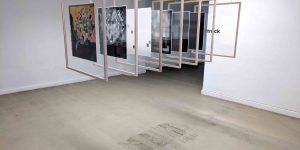
Cat: Collaborating with a Neural Network
Rachel Smith (UK)
This work is a conversation between Rachel Smith (human) and cifar10_cnn.py (artificial neural network). In order to communicate successfully, they must speak the same language. The method of communication is a human/machine compromise; a hand-painted grid of pixels. The human must automate and restrict herself, the network must cope with human error and bodily forms.
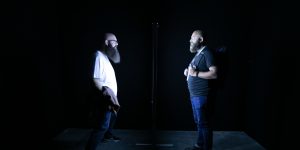
Alter Ego (Version II)
Moritz Wehrmann (DE)
Alter Ego questions the mimetic inter-relationship between two persons. It creates a mental conflict of self-localization, a feeling of self-loss and a feeling of empathy at the same time. The work is foundation for a cooperative with neurophysiological researchers, e.g. with Prof. Alain Berthoz of at Collège de France in Paris. It plays an important role in the research areas of self-other perception and mechanisms of sympathy and empathy research and their disorders, e.g. schizophrenia and autism.
